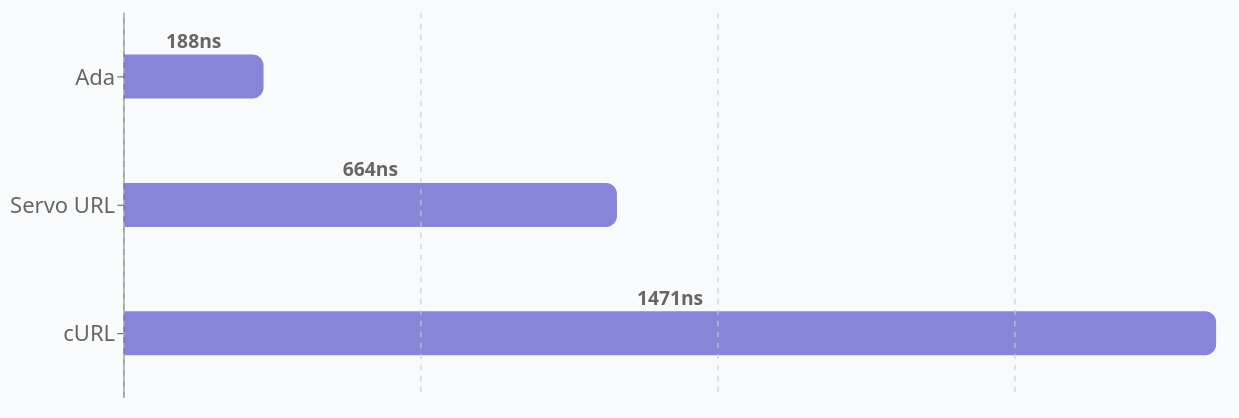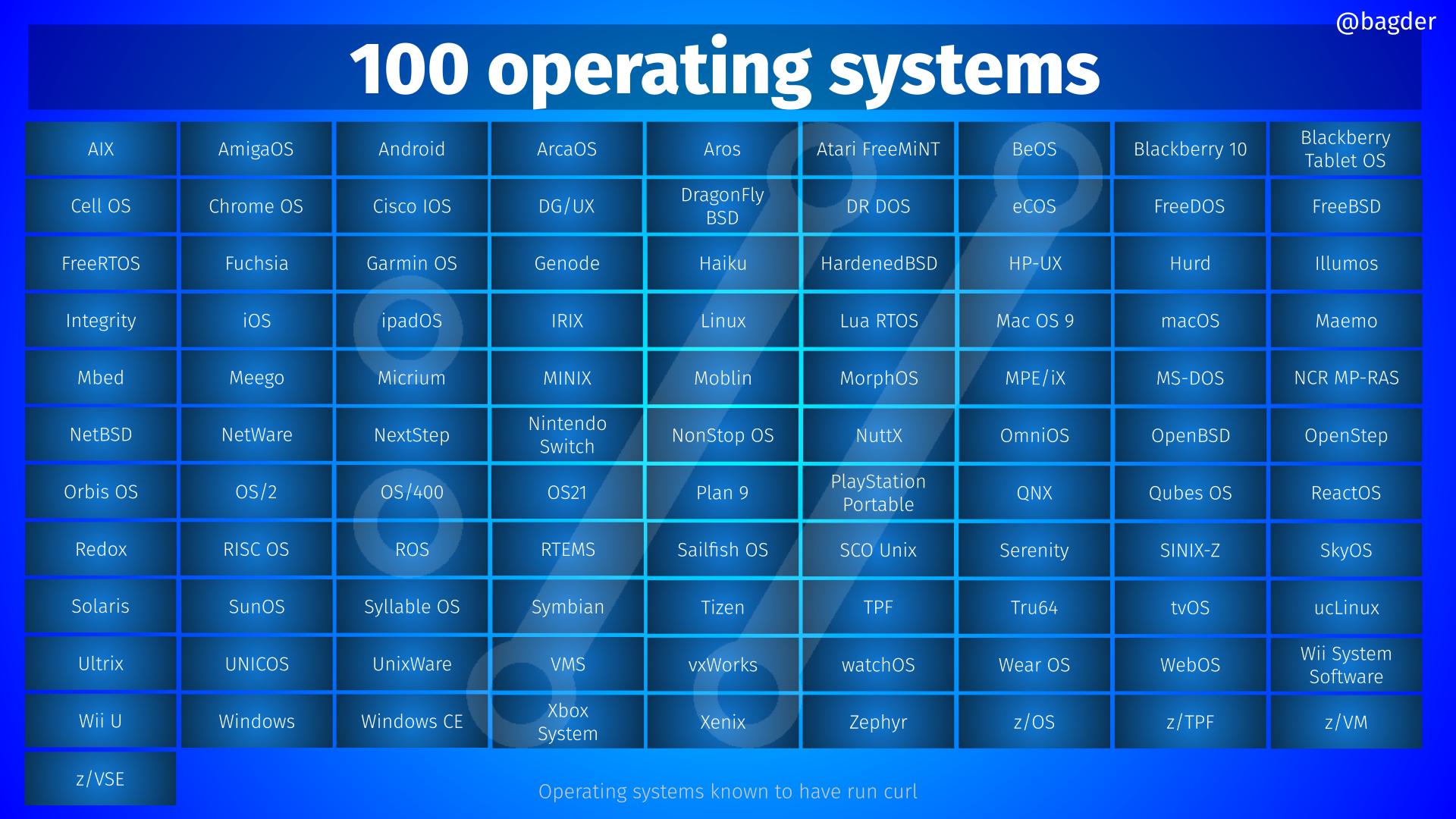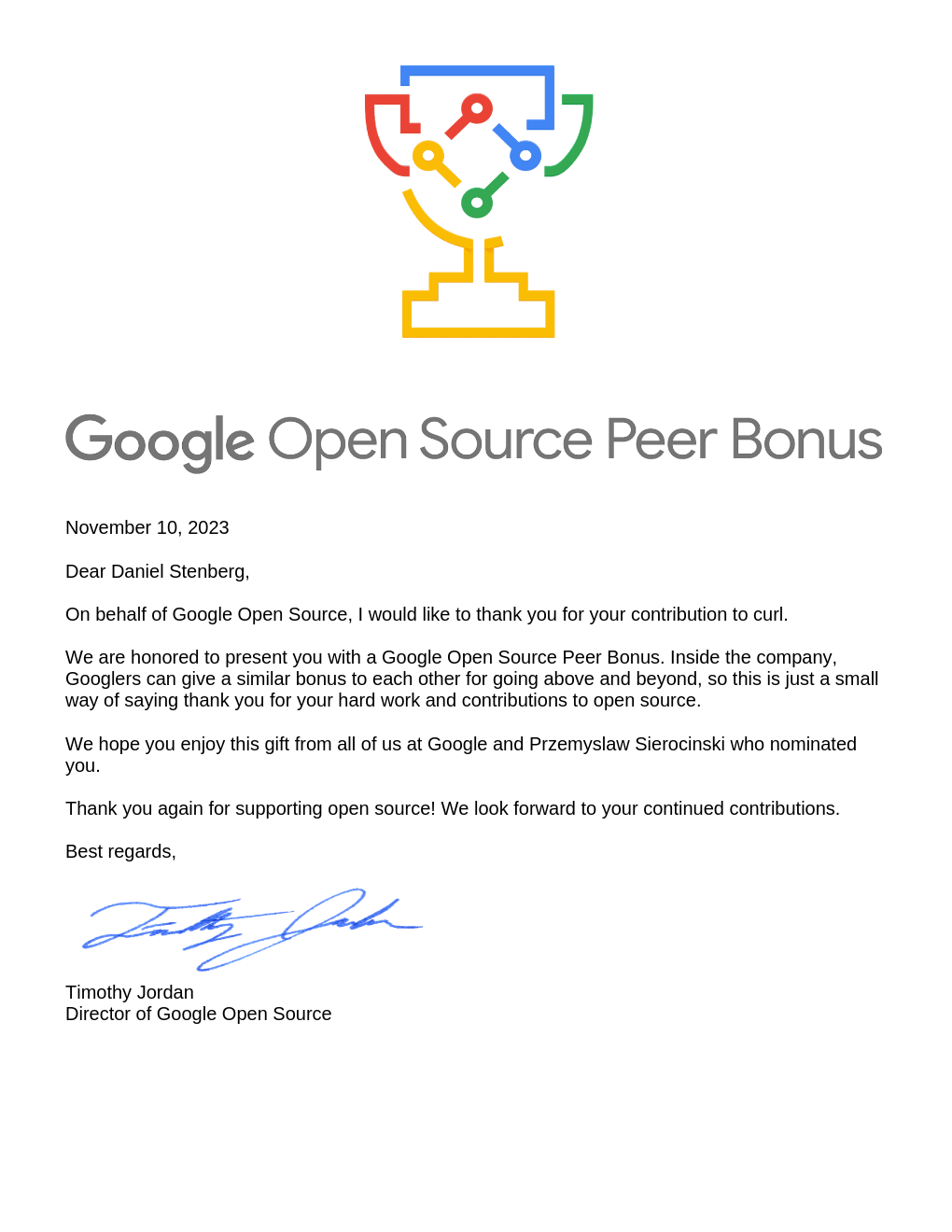I’ve shown you email examples many times before. Today I received this. I don’t know this person. Clearly a troubled individual. I suspect she found my name and address somewhere and then managed to put me somewhere in the middle of the conspiracy against her.
The entire mail is written in a single paragraph and the typos are saved as they were written. It is a little hard to penetrate, but here it is:
From: Lindsay
Thank you for making it so easy for me to see that you have hacked into 3 of my very own devices throughout the year. I’m going to be holding onto all of my finds that have your name all over it and not by me because I have absolutely no reason to hack my own belongings. I will be adding this to stuff I have already for my attorney. You won’t find anything on my brand new tablet that you all have so kindly broken into and have violated my rights but have put much stress on myself as well. Maybe if you would have came and talked to me instead of hacking everything I own and fallow me to the point of a panic attack because I suffer from PTSD I might have helped you. I cannot help what my boyfriend does and doesn’t do but one ting I was told by the bank is that they would not let me talk for him so I can’t get involved. He has had his car up for pickup for months but I’m guessing that the reason they won’t pick the car up in the street right where it has sat for months waiting is because I’ve probably see every single driver that has or had fallowed me. My stress is so terrible that when I tell him to call the bank over and over again he does and doesn’t get anywhere and because of my stress over this he gets mad and beats me or choaks me. I have no where to go at the moment and I’m not going to sleep on the streets either. So if you can kindly tell the repo truck to pick up the black suv at his dad’s house in the street the bank can give them the number it would be great so I no longer have to deal with people thinking that they know the whole story. But really I am suffering horrificly. I’m not a mean person but imagine not knowing anything about what’s going on with your spouse and then finding out they didn’t pay the car payment and so being embarrassed about it try to pay for it yourself and they say no I have it only to find out that he did it for a second time and his dad actually was supposed to pay the entire thing off but instead he went down hill really fast and seeing the same exact people every day everywhere you go and you tell your spouse and they don’t believe you and start calling you wicked names like mine has and then from there every time my ptsd got worse from it happening over and over again and he says you’re a liar and he’s indenial about it and because I don’t agree with him so I get punched I get choked and now an broken with absolutely no one but God on my side.how would you feel if it was being done to you and people following you and your so angry that alls you do is yell at people anymore and come off as a mean person when I am not? I don’t own his car that he surrendered I don’t pay his bills he told me to drive it and that’s it.i trusted a liar and an abuser. I need someone to help other than my mom my attorney and eventually the news if everyone wants to be cruel to me I’m going to the news for people taking my pictures stalking me naibors across the street watching and on each side of the house and the school behind. It isn’t at all what you all think it is I want someone to help get the suv picked up not stalked. How would you feel if 5 cities were watching every single move? I am the victim all the way around and not one nabor has ever really taken the time to get to know me. I’m not at all a mean person but this is not my weight to carry. I have everyone on camera and I will have street footage pulled and from each store or gestation I go to. I don’t go anywhere anymore from this and I’m the one asking for help. Their was one guy who was trying to help me get in touch with the tow truck guy and I haven’t seen him since and his name is Antonio. He was going to help me. I have been trying to to the right thing from the start and yet you all took pleasure in doing rotten mean things to me and laughing about it. I want one person to come help me since I can’t talk with the bank to get his suv picked up and I won’t press charges on the person that helps nor onthe tow truck guy either.
I have not replied.























